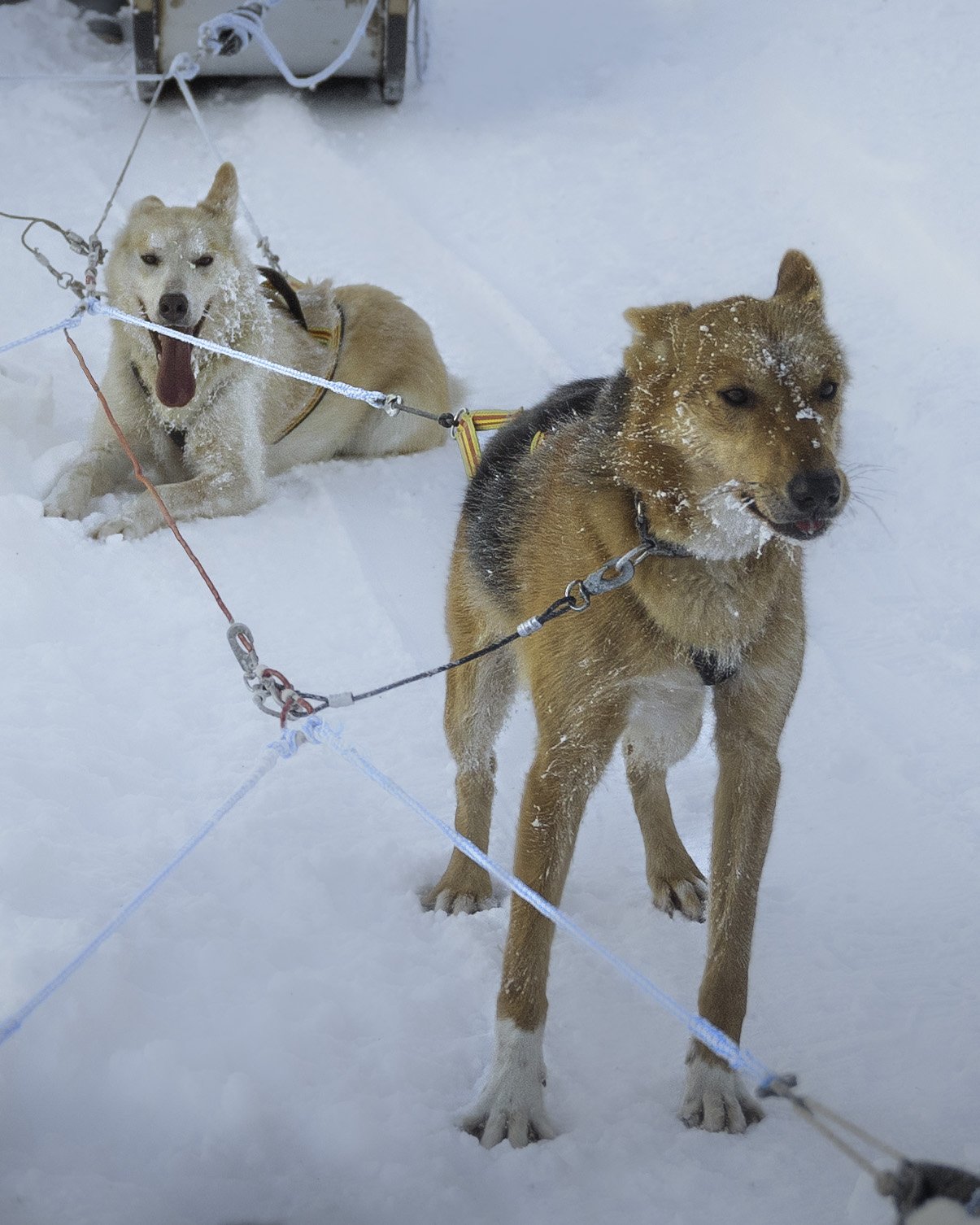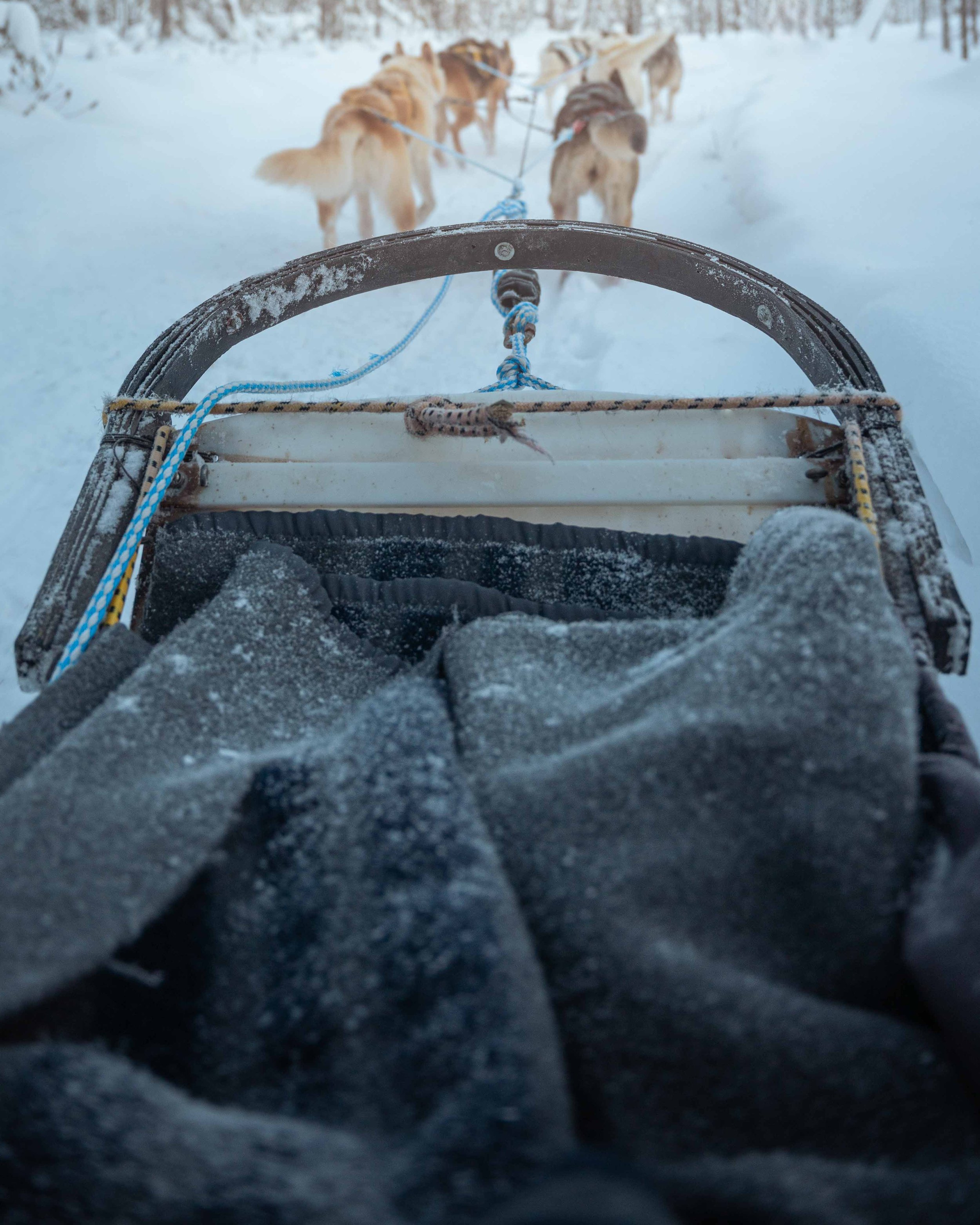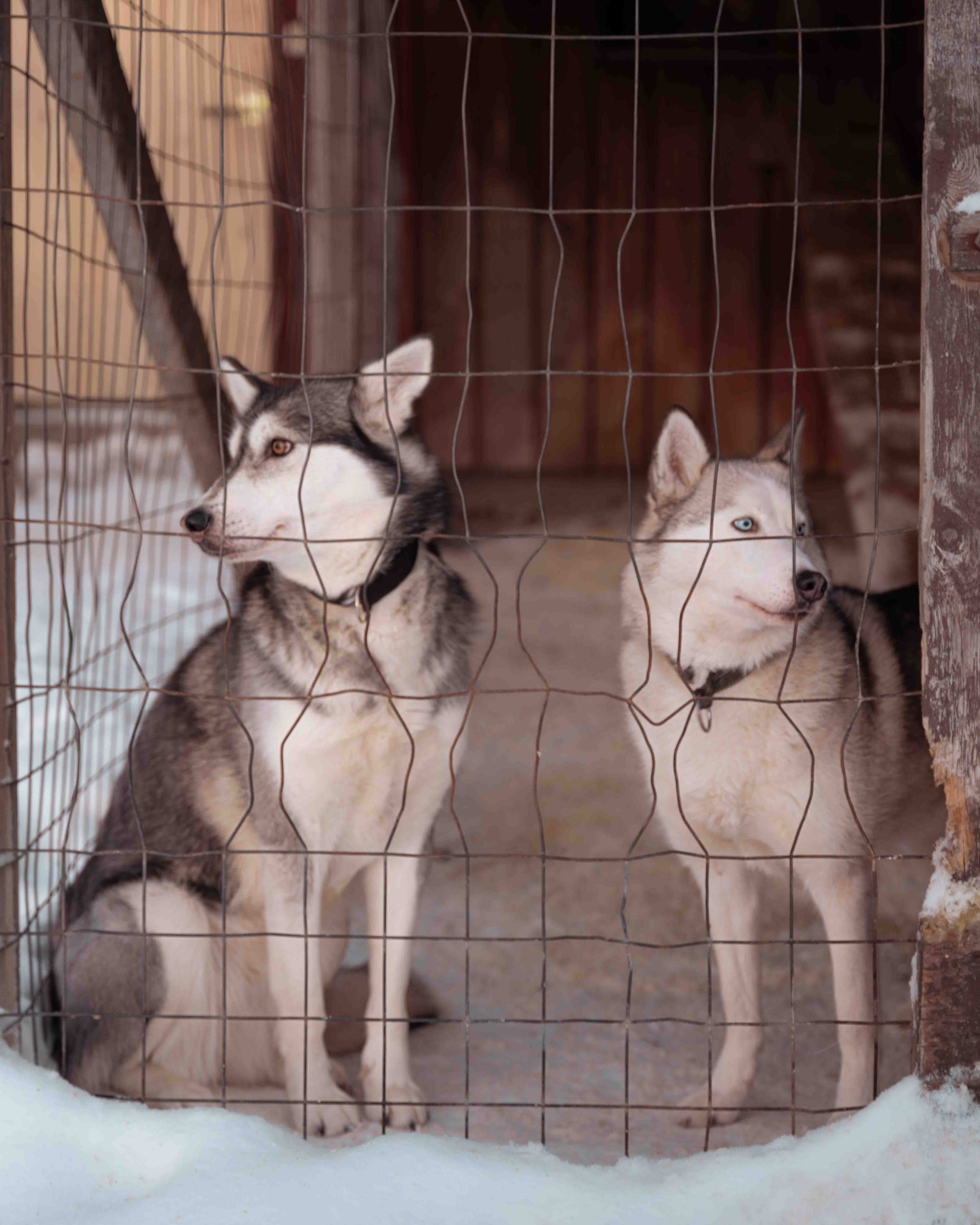Guide to an ethical husky safari
After reading about some unsettling aspects of the dog sledding industry – see my previous post Should you go on a husky sled ride? - I thought it would be useful to identify a list of pointers to guide the search towards an ethical choice.
While researching the industry prior to my visit to Lapland, I realised that information was scattered and sometimes presented in essay form. I struggled to find a practical tool that could be readily applied to my hunt for a responsible husky safari.
After much reading around, I concluded that most of the existing advice can be summarised into four main points, which I am hoping will help any responsible traveller find a husky farm that looks after their furry workforce.
Don’t be cheap
If you are not prepared to pay adequately for a husky sled ride, then you are probably not thinking about the welfare of the dogs.
As a rule of thumb for Finland in 2024:
A one-hour ride shouldn’t cost less than €40 per person for a couple of kilometres.
A safari between 8 and 12 km-long shouldn’t cost less than €110 per person.
A-three hour, 20-km safari shouldn’t cost less than €160 per person – with two people sharing a sled.
Established husky farms are open year-round, but the bulk of their business takes place between December and April, with the peak months being January and February. In summer they usually reduce operations significantly, see their seasonal staff go home, and offer some types of alternative activities, but they can hardly rely on the same ability to cover costs that they have in winter.
This means that their pricing for the core activities needs to cover operations for most of the year. That includes their dog’s food and veterinary care. We want to ensure they have that money.
We are not just paying for a few hours of fun on the snow. We are supporting the survival of the husky farm.
Look for husky farm websites
In this day and age, most companies should be able to have their own websites. A website allows husky farms to tell their stories and to clearly communicate their values and code of conduct.
When browsing a website to assess if the company is an ethical player, we should be looking for information such as names of people running the business, number of dogs in the farm, and any sustainability accreditations (e.g., Sustainable Travel Finland). We should also expect a section that addresses dog welfare and their policy on aging dogs. Finally, pictures of the kennels and of the dogs, ideally with their names, should be displayed.
We should be at least a little suspicious about why they wouldn’t want to let everyone know that they passed a sustainability audit, or that they care for their huskies.
A website is unlikely to appeal to seasonal businesses, which will only be in operations for a few months and then disappear when the snow vanishes. And those are precisely the farms we don’t want to support.
So, if a husky farm doesn’t have a website, it shouldn't make the cut for our dog sled ride.
Avoid husky farms that only offer short tours
If your budget and your schedule afford it, book a safari that’s at least three hours long. That allows guides to widen the area of the tour and to periodically change the route they follow, so that huskies don’t get bored and restless.
A shorter safari limits the route choices, and by the middle of the sledding season the dogs will no longer find the ride worth the effort.
The reward for you is a deeper immersion in the landscape, a better appreciation of the huskies and their individual personalities, and the chance to really gain some confidence with mushing – trust me, it's not as straight-forward as it looks, as you will read in My husky safari in Finnish Lapland.
If a shorter ride is your only option, ensure you select a husky farm that offers longer safaris too. By doing so, you will be supporting a business with happy dogs.
Check the place out for yourself and ask questions
It may not always be possible but, ideally, we should have a look at husky farms before booking a tour or within the cancellation period. The main thing that can be assessed that way is the standard of the kennel and the overall mood and shape of the dogs.
Also, we should be able to ask questions to our dog sledding guides or any other staff of the husky farms. In fact, any ethical husky safari should include time to visit the kennels, interact with the dogs, and ask questions. The 20-km husky safari I took part in ended with some nibbles around a fire in a cosy tepee. We were offered some snacks and some glögi (the Finnish version of mulled wine) and had an in-depth informative chat with our guide.
We should expect anyone working at a husky farm to be keen on giving as much information as possible.
Questions that they should be happy to answer are:
What’s the dogs’ breed? This should always be a husky breed. Typically, either Alaskan or Siberian.
What’s this dog’s name?
What’s the dogs’ work/rest schedule?
What do the dogs do in the summer?
What happens to older dogs?
Vague replies or cagey attitudes should ring alarm bells.




